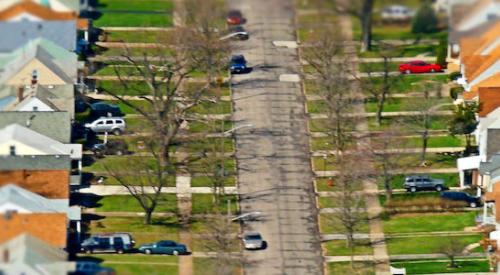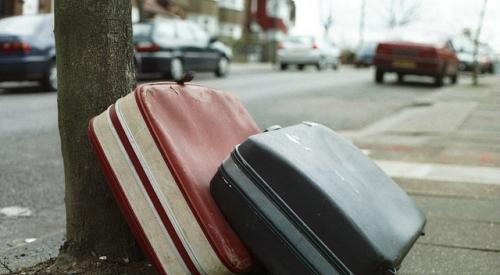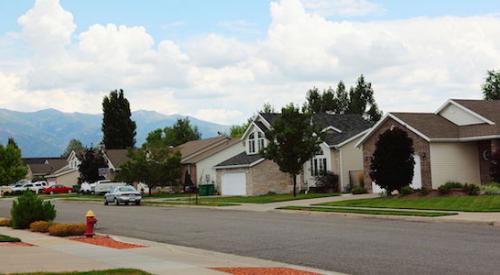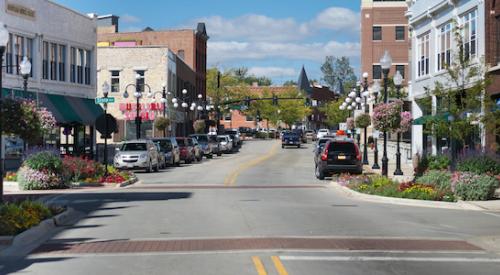Advancements in technology is spreading out people and business.
James Allen, a contributor for The Wall Street Journal and co-leader of the global strategy practice at Bain & Co., examined spatial economics and the rise of exurbs in America.
The costs of moving goods, people, and information is declining. Robotics, 3D printing, and logistical strategies make it easier for companies to more efficiently move goods. This has led to increased production and job creation. Workers, therefore, can move further away from urban centers and relocate to larger and less expensive spaces in up-and-coming communities more than 50 miles outside of a city.
According to U.S. Census Bureau data, by 2025 the population of U.S. exurbs could reach 84 million, which, for the first time, would be more than the population of urban centers (77 million).
Bain analysis shows movement to the U.S. exurbs in the next 10 years could match Americans’ exodus to the suburbs in the 1950s and 1960s, which reached an annual peak of 8% of the population.












